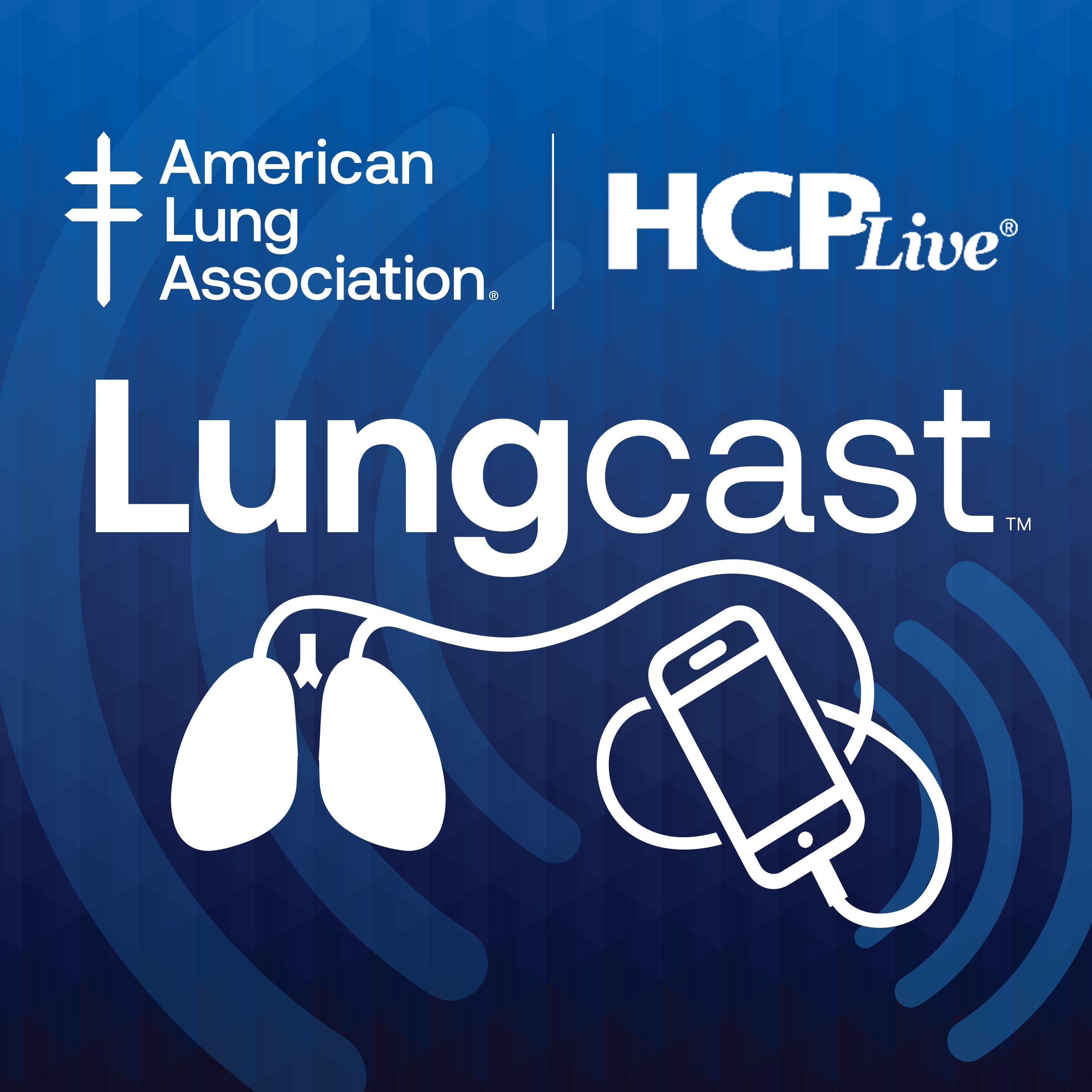Video
Promising Developments for Gene Therapy
Author(s):
Biree Andemariam, MD: Let’s open up to the panel. We’ve heard about the various strategies being employed for gene therapy. We learned a lot about the LentiGlobin viral vector that’s being employed and probably the furthest along in clinical trial development. Everybody has their eyes on that, but tell us what else is catching your eye, in terms of the various strategies in clinical trials.
Michael DeBaun, MD, MPH: This is a little biased, so I’ll give you the disclaimer. In part, the reason gene therapy and gene editing were developed was because less than 15% of the children and even fewer adults could tolerate the matched related donor myeloablative transplant. This is key because if you have a 25-year-old with heart, lung, or kidney disease and you try to offer a myeloablative-matched related donor with the sibling, chances are they would have a high transplant-related mortality rate.
About 20 years ago, a strategy was developed out of Johns Hopkins University, and then a similar strategy was developed almost simultaneously about 15 years ago at NIH [National Institutes of Health], which was haploidentical transplant with post-transplant cyclophosphamide. Both of these strategies have been introduced in international trials—1 sponsored by the NIH. What’s important about both strategies is that 90% of the adults with this disease will have a donor, which is very close to what you would see in gene therapy and gene editing. It’s also important that this strategy is not myeloablative. In fact, at the NIH, where many of the patients have been transplanted, they have severe chronic disease, abnormal TRJ [tricuspid regurgitant jet] velocities, and stage III kidney disease, yet they’re still able to be potentially cured.
As we continue to improve the clinical outcomes in these phase 2 trials for haploidentical transplant, it will be part of the discussion about strategies to cure children and adults with sickle cell disease. As will be the case in all these curative therapies mentioned earlier, at some point it’s going to be a trade-off of what minimizes the late effects. Not 5 years down the road but 20, 30, 40, or 50 years down the road, for a 6-year-old who receives this curative therapy or a 10-, 15-, or 20-year-old.
Biree Andemariam, MD: Let’s unpack some of that in terms of adverse effects and concerns. Are the concerns different when you’re meeting with a child with sickle cell disease and their families were considering this type of therapy, whether it’s haploidentical transplant or gene therapy approaches? Or is it different when you’re speaking to an adult with a lot of internal organ damage, who at the same time is probably facing mortality sooner rather than later?
Julie Kanter, MD: One of the things that is important for all the gene therapies agree on is that if you have a matched sibling donor, you have to see if you can go with that first. We know that the outcomes with matched sibling donors are incredible, even for older patients. That’s 1 of the limitations for all the current gene therapies. It’s going to be interesting in the long run. There’s some up-front benefit in gene therapy in that you don’t have to be on any type of post-transplant medication modification graft-vs-host disease prevention, which is still an issue whether you’re doing a matched sibling or haploidentical transplant.
On the other side, we know that stem cell transplant is curative, and I’m not sure we can say that yet about gene therapy. We’re going to need these studies long term to see: Does curative mean no pain? Does it mean no anemia? Does it mean reversal or stabilization of organ function? Defining cure is 1 of the most important things we can do as we start to look at all these therapies.
Transcript Edited for Clarity





